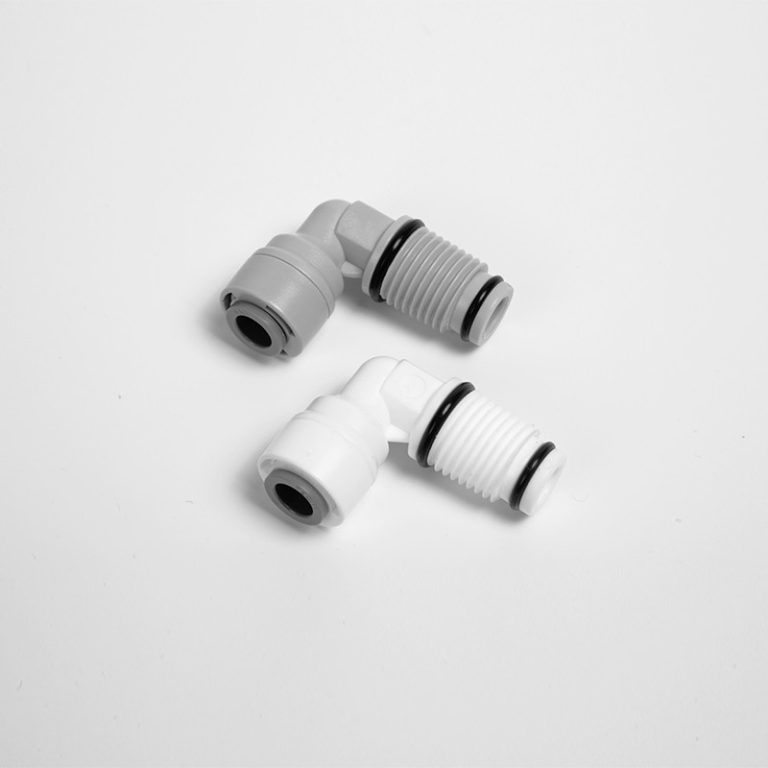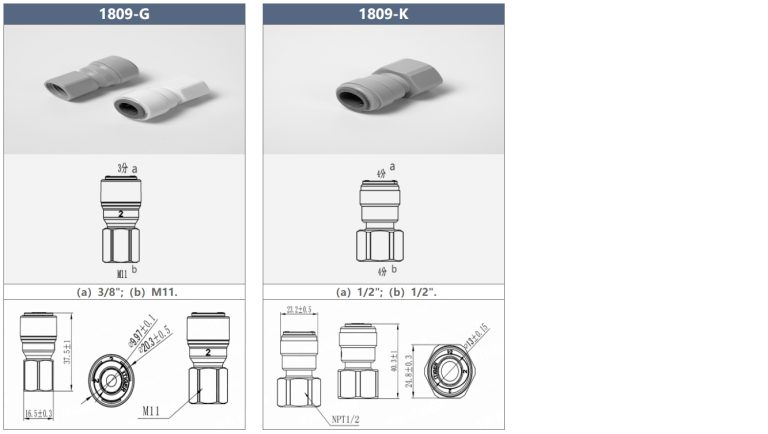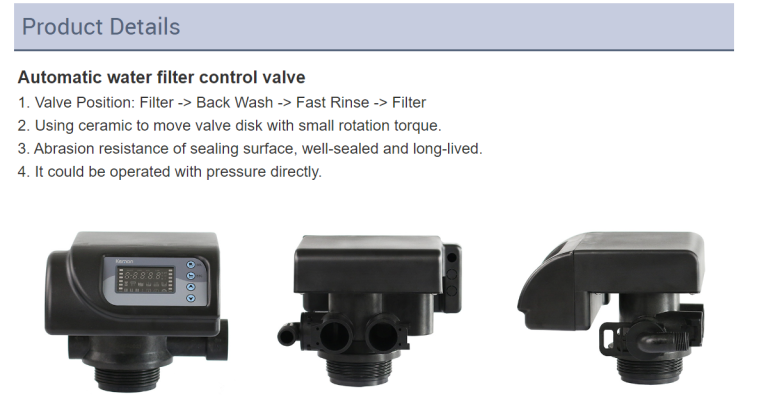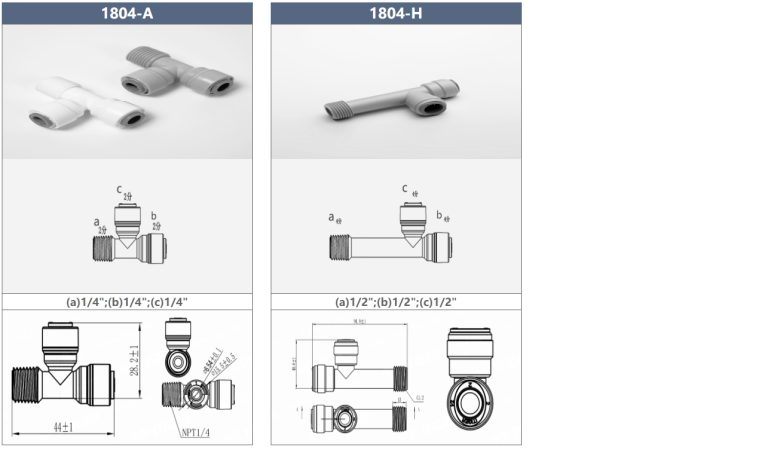“Accurate measurements for optimal performance.”
Understanding Conductivity Analyzers: A Comprehensive Guide
Conductivity analyzers are essential tools used in various industries to measure the electrical conductivity of a solution. This measurement is crucial in determining the concentration of ions present in the solution, which can provide valuable insights into the quality and composition of the liquid being analyzed. In this comprehensive guide, we will explore the basics of conductivity analyzers, how they work, their applications, and the different types available in the market.
Conductivity analyzers operate on the principle that the conductivity of a solution is directly proportional to the concentration of ions present in it. When an electric current is passed through a solution, the ions present in the solution act as charge carriers, allowing the current to flow. The conductivity of the solution is then measured by detecting the amount of current that passes through it. This measurement is typically expressed in units of Siemens per centimeter (S/cm) or microsiemens per centimeter (µS/cm).
One of the key components of a conductivity analyzer is the sensor, which is immersed in the solution being analyzed. The sensor consists of two electrodes that come into contact with the solution, allowing the current to pass through. The conductivity analyzer then measures the resistance of the solution to the flow of current, which is inversely proportional to its conductivity. By measuring the resistance, the analyzer can calculate the conductivity of the solution and provide a reading in real-time.
Conductivity analyzers find applications in a wide range of industries, including water treatment, pharmaceuticals, food and beverage, chemical processing, and environmental monitoring. In water treatment plants, conductivity analyzers are used to monitor the quality of the water supply and ensure that it meets regulatory standards. In the pharmaceutical industry, conductivity analyzers are used to monitor the purity of drug formulations and ensure that they meet the required specifications. In the food and beverage industry, conductivity analyzers are used to monitor the concentration of salts and other impurities in beverages and ensure that they are within acceptable limits.
There are several types of conductivity analyzers available in the market, each with its own set of features and capabilities. Some analyzers are designed for continuous monitoring of conductivity, providing real-time data on the conductivity of the solution being analyzed. These analyzers are often used in industrial processes where precise control of conductivity is required. Other analyzers are designed for portable use, allowing for on-site measurements of conductivity in various locations.
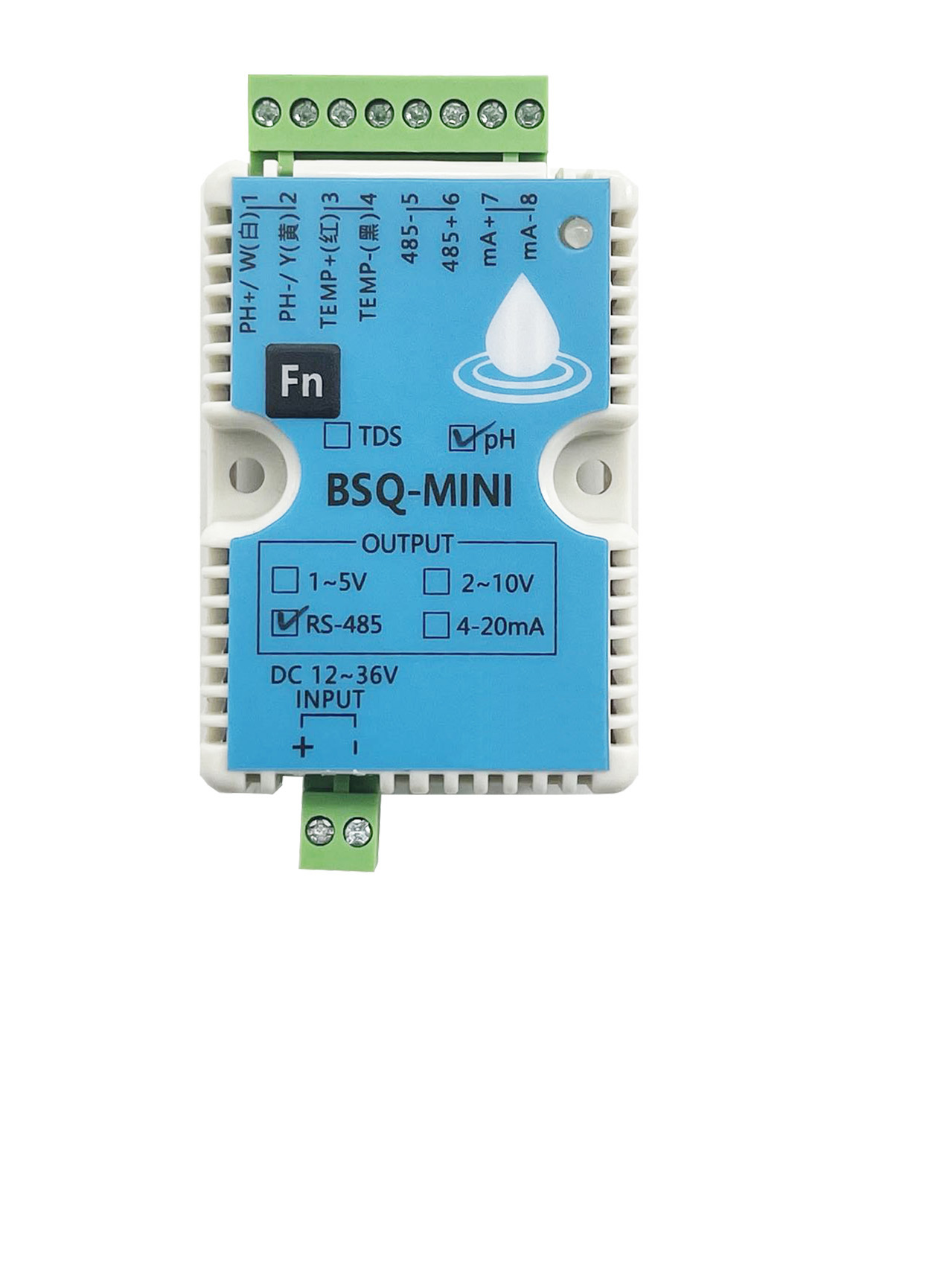
In conclusion, conductivity analyzers are essential tools for measuring the electrical conductivity of solutions in various industries. By providing real-time data on the concentration of ions present in a solution, these analyzers play a crucial role in ensuring the quality and composition of liquids being analyzed. With their wide range of applications and types available in the market, conductivity analyzers are versatile instruments that are indispensable in modern industrial processes.

